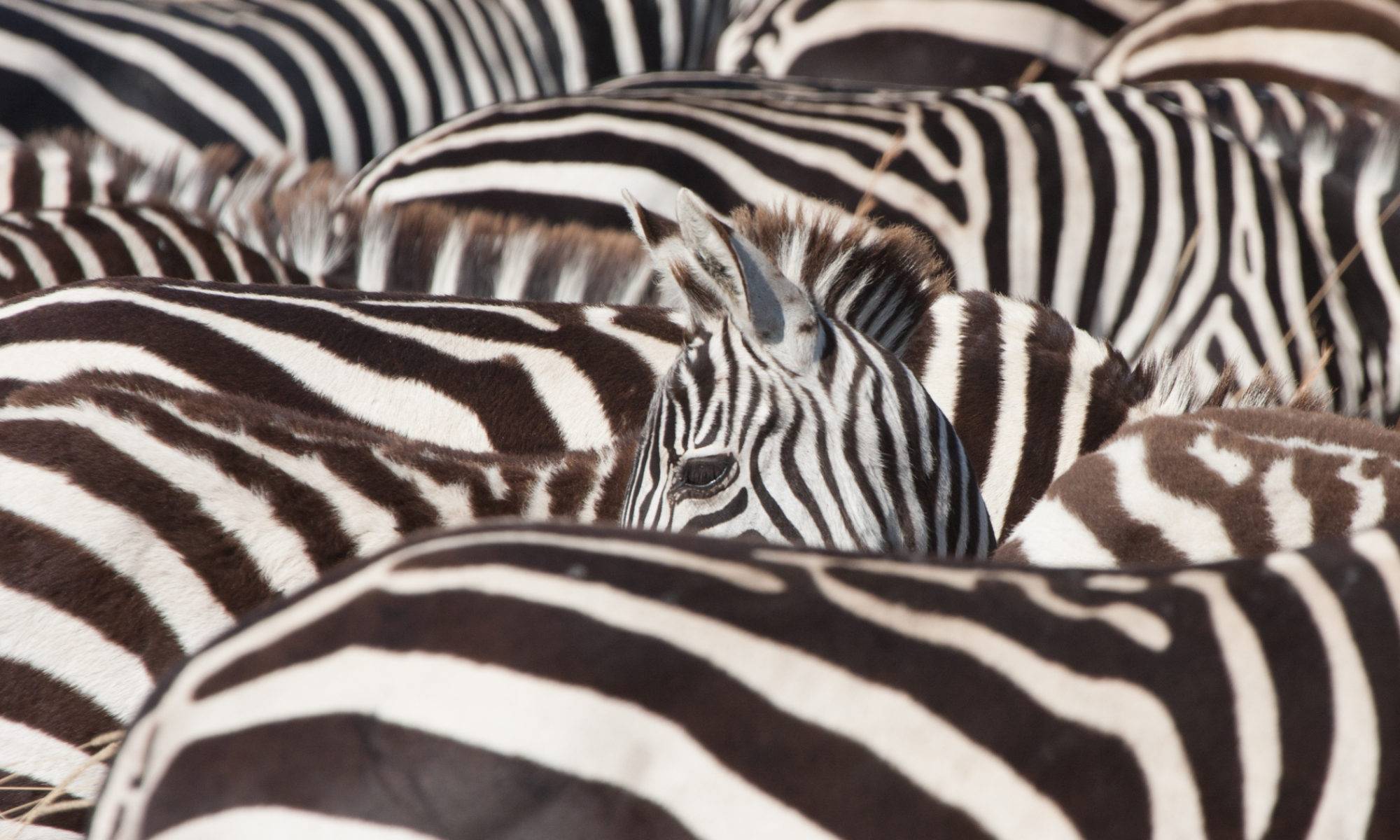No, the cavalry aren’t coming, just a compilation of a week which saw a couple of evening trips out and more butterflies than birds.
Tuesday evening saw us charging across Sussex when an Elegant Tern at Church Norton was reidentified as an American Royal Tern. On Wednesday we went out to Iping Common in search of Nightjars. The longest day is the best time for good views of them, and the amphitheatre created by a coppice gave us fantastic views of at least three males and a female displaying just over our heads (the photos were still terrible, though). On the way up we had quite a few roosting Silver-studded Blues.
Today we had a morning return to Iping, with a variety of dragonflies and damselflies and loads more Silver-studded Blues in better light, and then on to Knepp, where we had a bit more royalty with a few Purple Emperors (imperiously refusing to be purple) and some Purple Hairstreaks.

A Royal Tern in the high security prison on Tern Island

A roosting Silver-studded Blue

Broad-bodied Chaser

Four-spotted Chaser

Silver-studded Blue

Silver-studded Blue

Beautiful Demoiselle

A Purple Hairstreak keeps its wings firmly shut

This Hairstreak allows a glimpse of purple

Purple Emperor

Meanwhile at home, someone’s hungry






























































